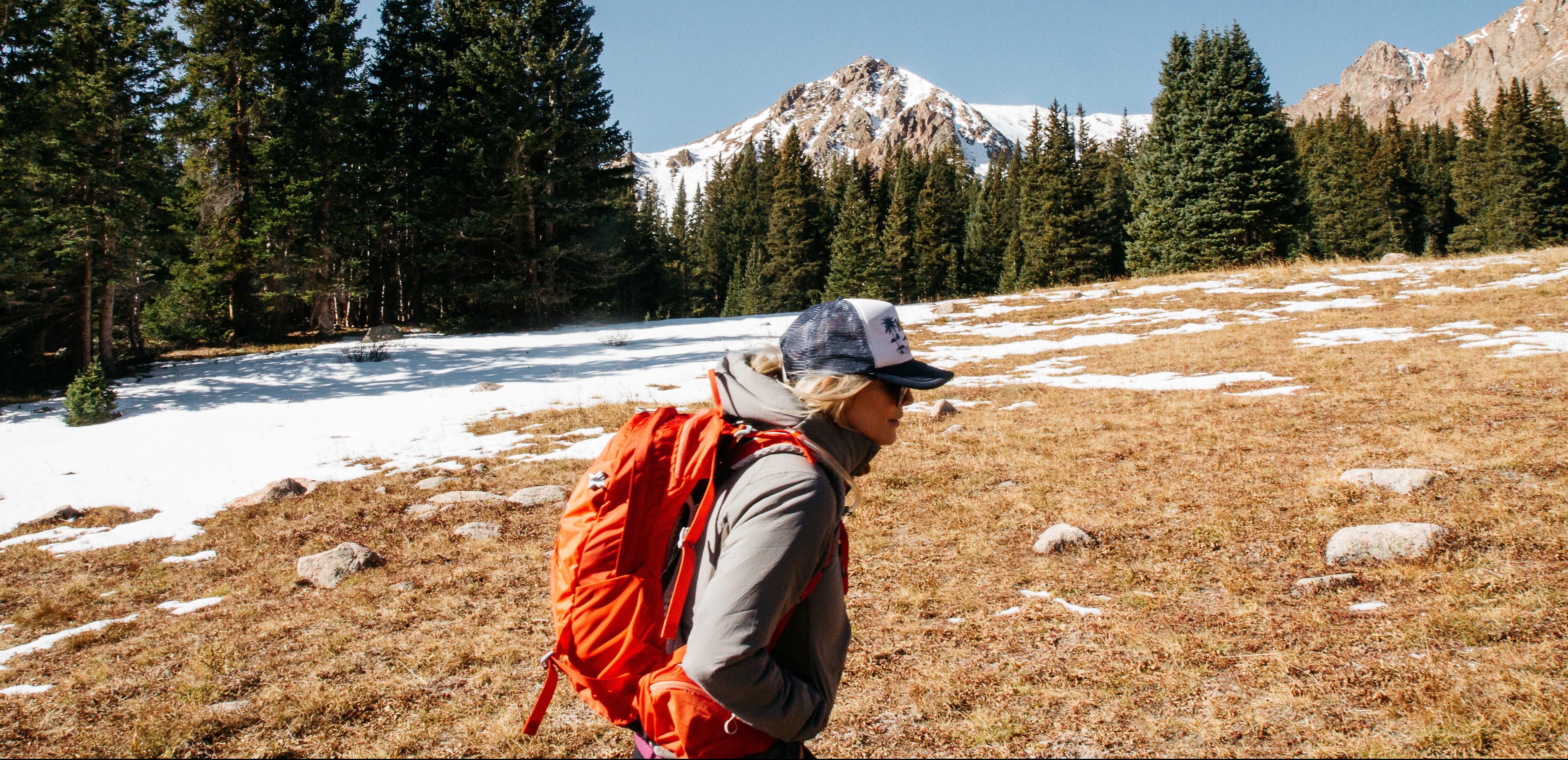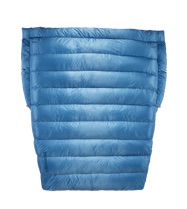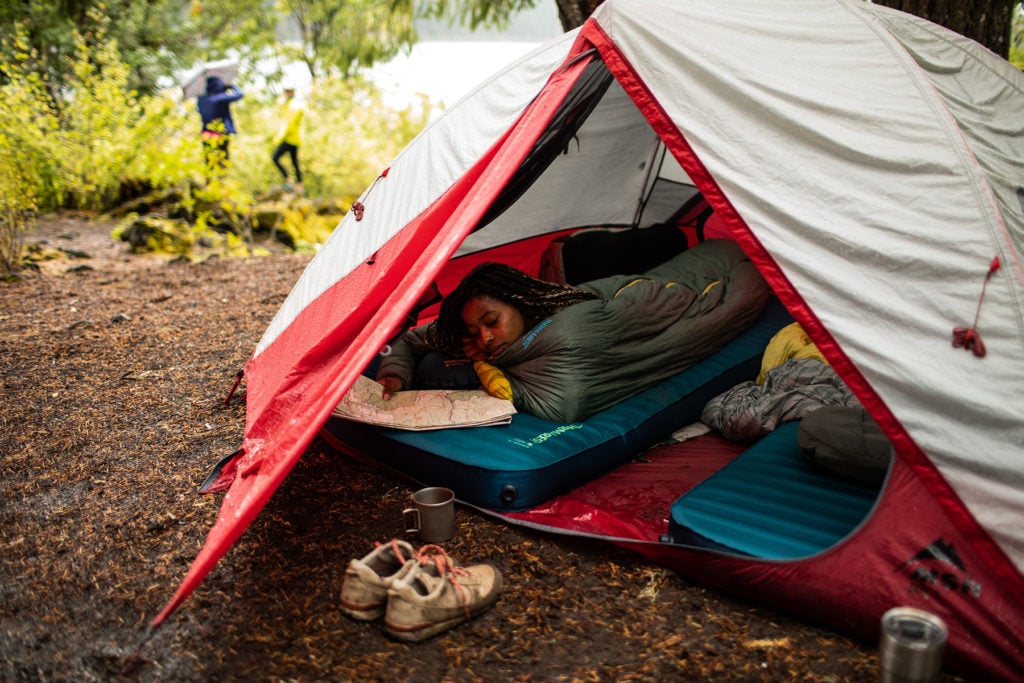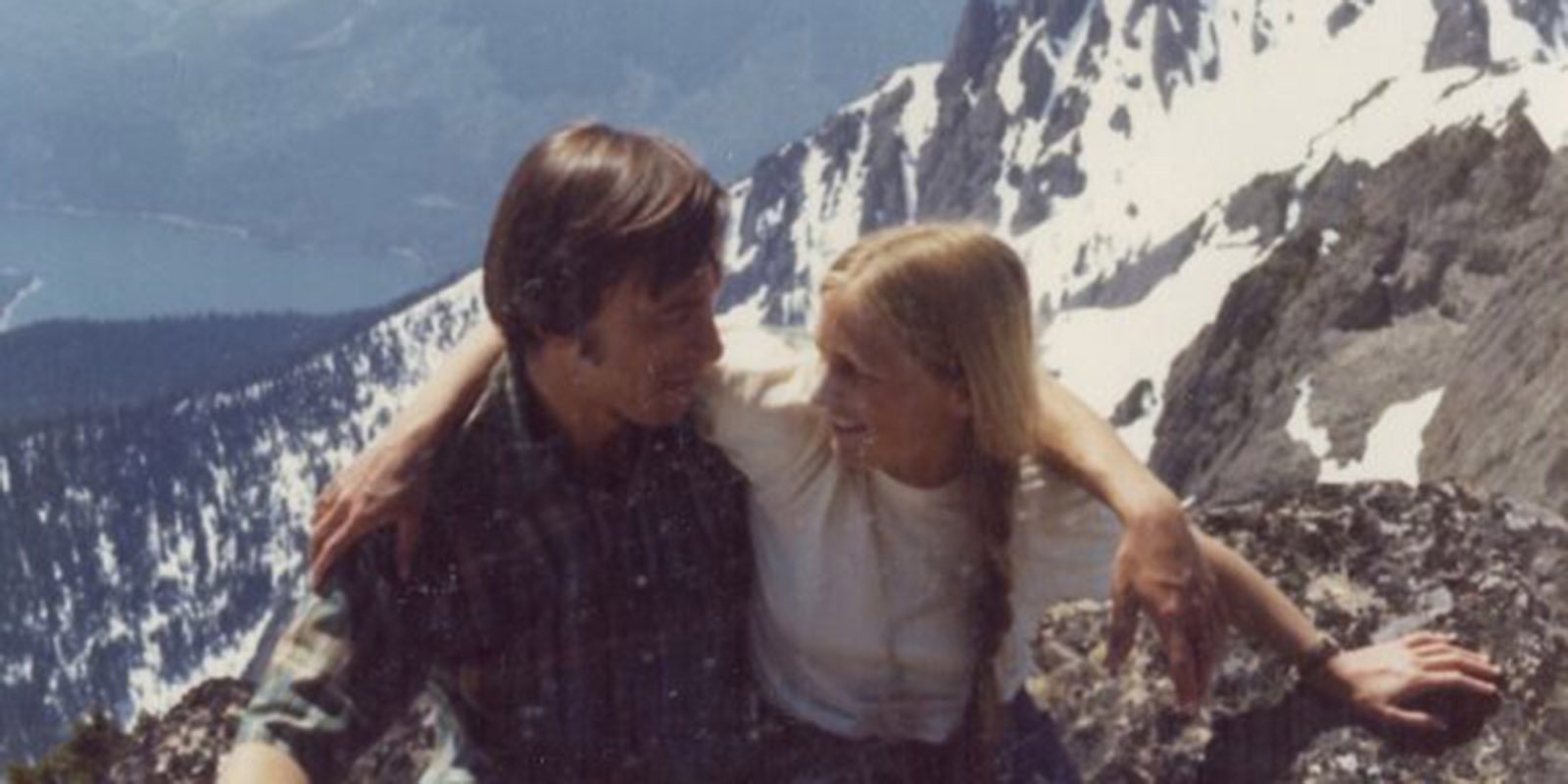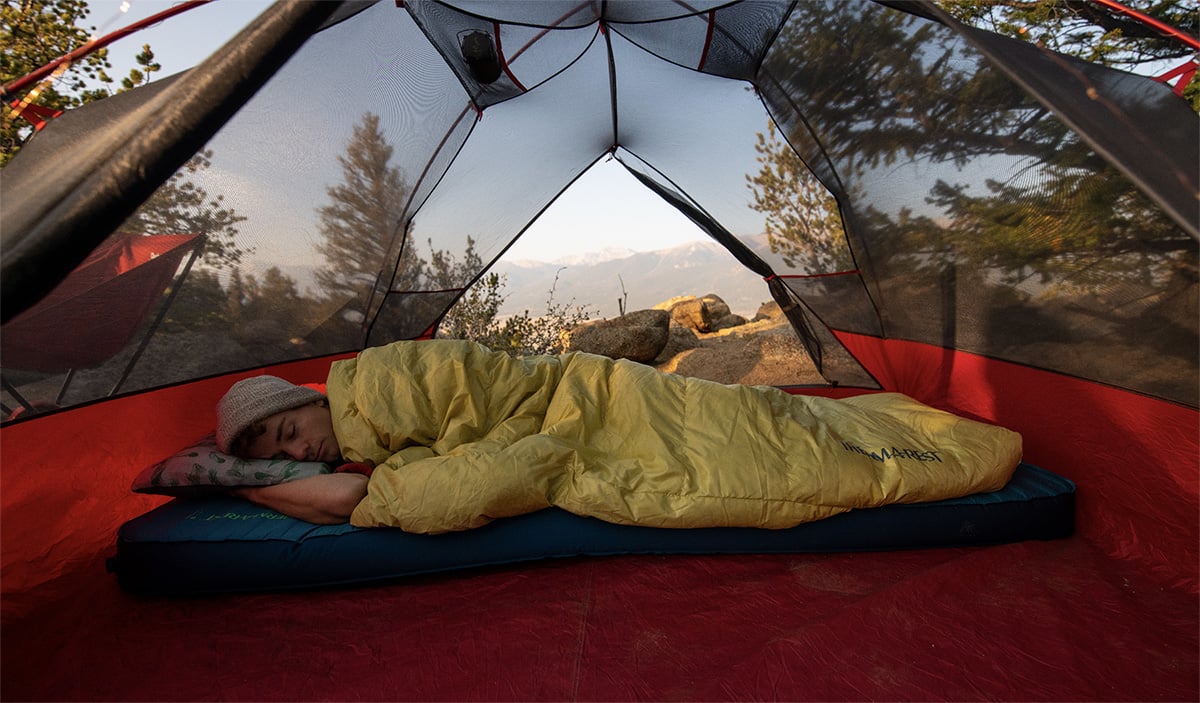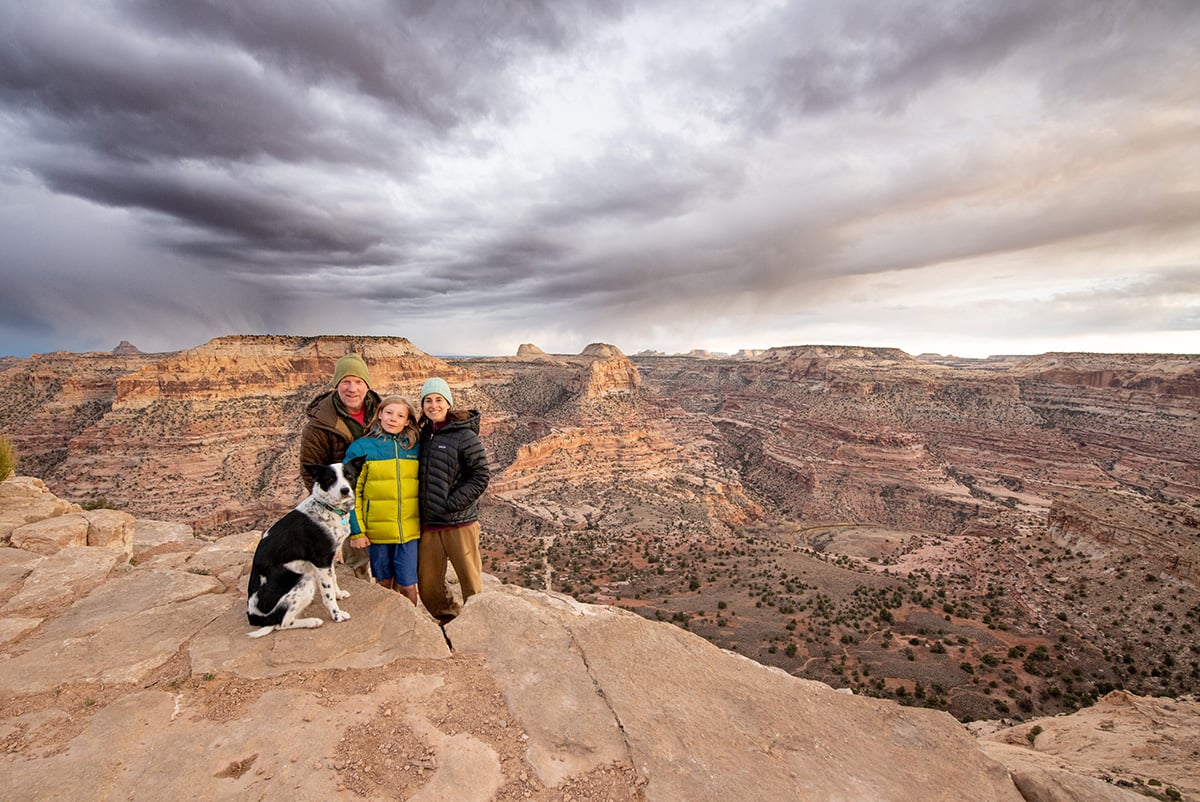In 2015, I spent six months thru-hiking the Pacific Crest Trail, sometimes with a friend, sometimes alone. Almost every non-hiker I met during this period asked me if I was afraid. When you are constantly bombarded with images of getting eaten by bears or followed into the woods by scary humans, it can be a challenge to quell those irrational fears. Yet, I found that I was rarely afraid.
My hiking partner of 800 miles, Kristin “Rainbow Dash” Grenier (Appalachian Trail ’12, Pacific Crest Trail ’15, and registered Wilderness First Responder), says it best: “we need to talk about natural hazards and challenges, medical issues, etc. I’d be a bad WFR if I didn’t think so.” But, “safety is absolutely not a woman’s topic any more than it’s … a man’s topic … I think men and women stand on much more equal footing in the outdoors; we all are self-sufficient and meeting similar challenges.”

When talking about people (especially when they are single women) venturing into the wilderness, safety is the topic that comes up first. I find it interesting: the assumption that the natural state for a person alone is fear. Crime statistics should debunk this myth, but the notion remains pervasive. To challenge it, I looked at crime statistics and interviewed two of the most inspiring solo thru hikers I know, who happen to be women.

The Risks of Hiking Alone
Although it is not any riskier for women to hike alone than for men, there are definite dangers when any hiker hits the trail solo.
The second thru hiker I interviewed, Carolyn “Happy Feet” Barbee (Pacific Crest Trail ’15 and physical therapist) described some of risks that she has encountered on trail alone: “I have only ever been in danger on the trail a small handful of times, and usually it comes down to two types of situations … The more common one is when I am exposed to conditions that I was less than prepared for, such as a freak rainstorm or suddenly realizing I’m low on water in a dry stretch … The other type of situation that truly scares me is when I have a close interaction with a person who really skeeves me out.”

The Statistics: We Are Safer in the Woods
FBI crime statistics for 2014 show that people are safer on public lands. A lot safer. You have a 0.0003% chance of being a victim of violent crime on BLM, Fish and Wildlife Service, or National Park Service lands. Or, put another way, you’re 3,011 times more likely to be hurt by another human outside of designated wilderness areas.
The majority of bad things that happen on public lands are accidents, not violent crimes. According to data from the NPS Public Risk Management Program from 2007 to 2013, about 160 visitors die a year in the national parks system. That’s a very low number—about 0.57 deaths in 1 million visits.

When talking about safety in the outdoors, many people also worry about sexual assault. But this fear doesn’t stand up to the evidence either. Sexual assaults are overwhelmingly (over 70%) committed by someone the victim knows—not strangers on increasingly well-trafficked trails.
So, while strangers are not very likely to harm people in the wilderness, the perpetuating fears about danger hiding behind bushes in the outdoors does harm people. When we spend time reinforcing unfounded fears, it takes energy away from the real issues that we should all work to change.

How to Mitigate These Fears
Thru-hikers have a variety of ways of keeping themselves safe, especially in the off-trail section of trail where those wilderness statistics don’t apply. Kristin avoids long walks into or out of towns, so people don’t have as much opportunity to see her on her way into the woods alone. She also spends time talking to people before getting rides into town—and trusts her gut.
I personally have a fairly robust mental checklist I go through before trusting strangers who offer me rides into town, food and beverages, or places to stay. Most of my danger on the Pacific Crest Trail came from hitchhiking on and off the trail—a necessary part of trail life. Carolyn relies heavily on her intuition: “If I get a bad feeling about a trail or campsite or person, I don’t question it … Half of my reason for going out to the woods is to reconnect with that inner voice that knows innately what is good in this world and what is bad”.

Fear: How to Handle it
I find when outdoors, it is nearly impossible to ignore those pesky culturally-instilled fears. I know that I spent at least two nights alone wondering about all the rustling in the bushes around me.

Kristin validated the feeling, and offered a little advice: “First, I’d want them to know that they’re not alone … and that, if they have worried about their safety, that’s a valid concern. But, I’d want to assert that the outdoor community is generally a safe place.”
When asked about why discussions of safety always come up when she is on trail, Carolyn replied, “We are still trying to break free of the belief that women require more protection and are inherently weaker than men. The wilderness is the place that proves we are not … If women believed they were as tough as they truly are, I think the world would be a lot different. The trail is a great place to show a woman the extent of her power.”
Kristin had an even more hopeful outlook: “We have a long tradition of wilderness men in our society, so people have a lot of examples to look to when thinking about boys in the outdoors. We need more of a tradition of wilderness women, and I think we’re seeing that tradition growing now. Perhaps the female thru-hikers of the 2030s will talk about these safety concerns less … The backpacking community is still relatively young, and its direction is something we can determine together.”

My Takeaway
When I look at the hard numbers, divorcing a culture of fear from the reality of life outdoors becomes easier. I grew up on the Upper West Side of New York City and have spent my entire life navigating city streets. When I go into the woods, I get a reprieve from the barrage of human noises, distracted drivers, and dangerous situations.
I always answer a resounding “no” when asked if I’m afraid while outside. When I’m hiking I feel strong, powerful, amazed at my body’s ability to persevere. When I’m alone, surrounded by trees, I feel a sense of ease and peace I never have in civilization. The outdoors is the place I feel most comfortable, most myself. I feel safe.

I believe that together we can change the conversation. We can all speak up about the actualities of life in the woods. We help our non-outdoorsy friends and family quell their fears by citing the statistics. We can stop asking people—especially women—if they are afraid to be alone in the great outdoors.
Let’s change the narrative. Let’s celebrate and support people getting outside. It’s a magical place.
